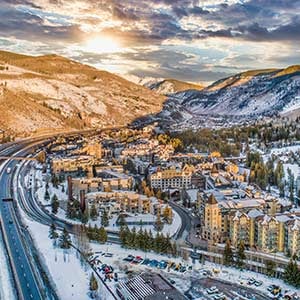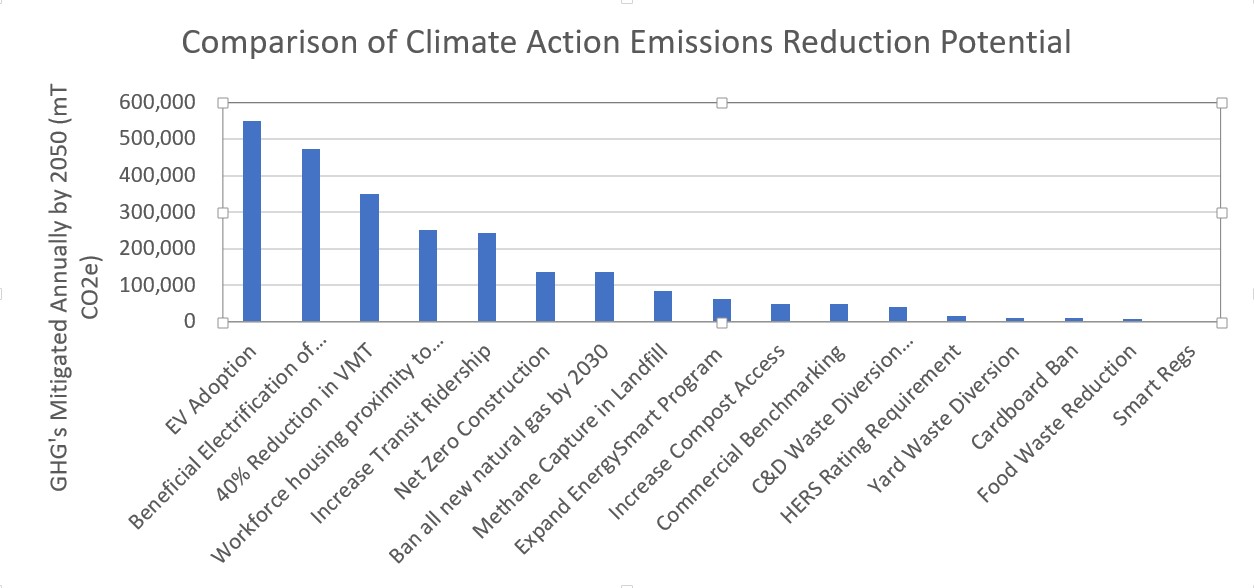 In March, I wrote a column describing an effort underway with the Climate Action Collaborative for the Eagle County Community, called the Eagle County Drawdown Project. This project, is an attempt to better understand how we can “drawdown” (decrease or reverse) the amount of carbon dioxide in our atmosphere that our community is responsible for generating. This effort went beyond analyzing how we can reduce the amount of emissions we are releasing into the atmosphere and attempted to analyze how we can create systems which completely halt carbon pollution and/or begin to remove existing pollution from the atmosphere.
In March, I wrote a column describing an effort underway with the Climate Action Collaborative for the Eagle County Community, called the Eagle County Drawdown Project. This project, is an attempt to better understand how we can “drawdown” (decrease or reverse) the amount of carbon dioxide in our atmosphere that our community is responsible for generating. This effort went beyond analyzing how we can reduce the amount of emissions we are releasing into the atmosphere and attempted to analyze how we can create systems which completely halt carbon pollution and/or begin to remove existing pollution from the atmosphere.
The ideas we looked at were radical. Some of these strategies will not always make economic sense or seem feasible. But as we’ve seen in the response to COVID-19, we are capable as a society of completely changing at a moment’s notice. Therefore, not every strategy should be deemed impossible. Rather, we should be evaluating these strategies through the lens of what needs to happen in order for us to avoid the worst of the climate crisis.
We modeled 20 strategies that span buildings, transportation, waste, energy, and carbon sequestration (removing carbon dioxide from the atmosphere). Because the strategies that need to be employed first are the ones that decrease our communities’ emissions rather than remove carbon dioxide from the atmosphere, those are the ones we will focus on today. So what were the results of our study? What actions can our community take to rapidly drawdown our carbon emissions in Eagle County?
Here are the results:
(to review the full results click here)
#1 Electric Vehicle (EV) Adoption
Assumptions in Model: A 2% annual adoption rate of electric vehicles from now until 2030, and 5% adoption of EVs from 2030 until 2050. Holy Cross Energy achieves 70% renewable electricity by 2022 and 100% renewable electricity by 2030.
Results: The results of modeling this scenario show that the assumptions above will yield a 549,203 metric ton of CO2 equivalent (MTCO2e) reduction in our transportation emissions by 2050. Remember, these models are compared against a business-as-usual (BAU) forecast of our carbon emissions. In 2050, our greenhouse gas (GHG) forecast for transportation emissions is expected to be over 770,000 MTCO2e from its current level at 464,000 MTCO2e. Implementation of the strategy above, has the potential to reduce 70% of our 2050 transportation emissions. This transportation strategy showed the greatest potential impact to our transportation section emissions. To review the results of each of our transportation sector models, download the results at CliamteActionCollaborative.org.
#2 Building Electrification
Assumptions in Model: A 5% conversion of residential and commercial buildings with natural gas heating systems, to be all-electric each year. Holy Cross Energy achieves 70% renewable electricity by 2022 and 100% renewable electricity by 2030.
Results: The results of this modeling scenario show that beneficial electrification of buildings will yield a complete elimination of our building emissions by 2050, the total of which in 2050 will be around 473,639 MTCO2e.
These two strategies combined will get our community more than halfway to achieving zero carbon emissions in the next 30 years. Layering on a few more of the strategies included in the chart above, Eagle County can map a very clear direction for achieving a zero-carbon community.
Together the Climate Action Collaborative can utilize these results to achieve our carbon reduction goals of 25% by 2050 and 80% by 2050.









